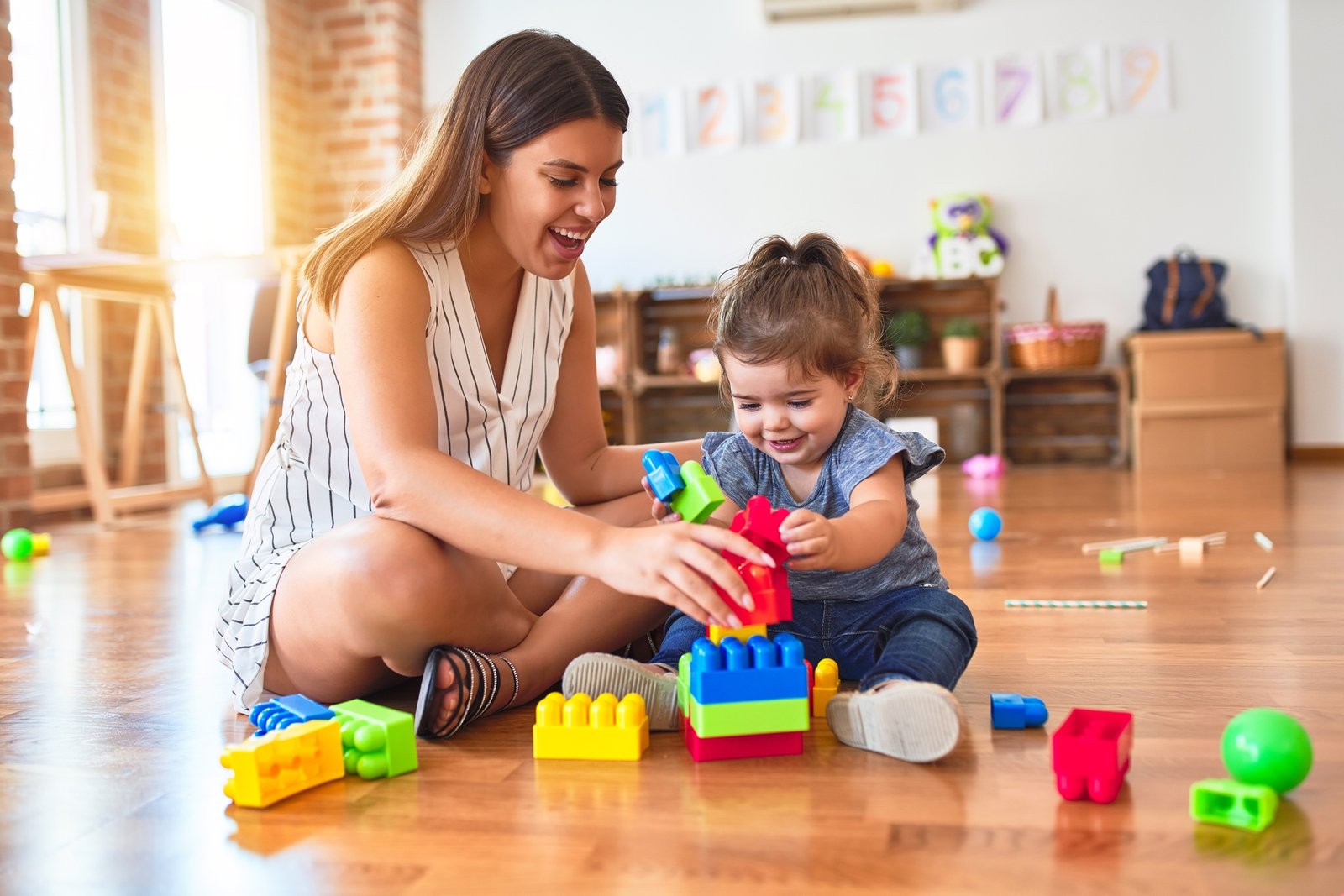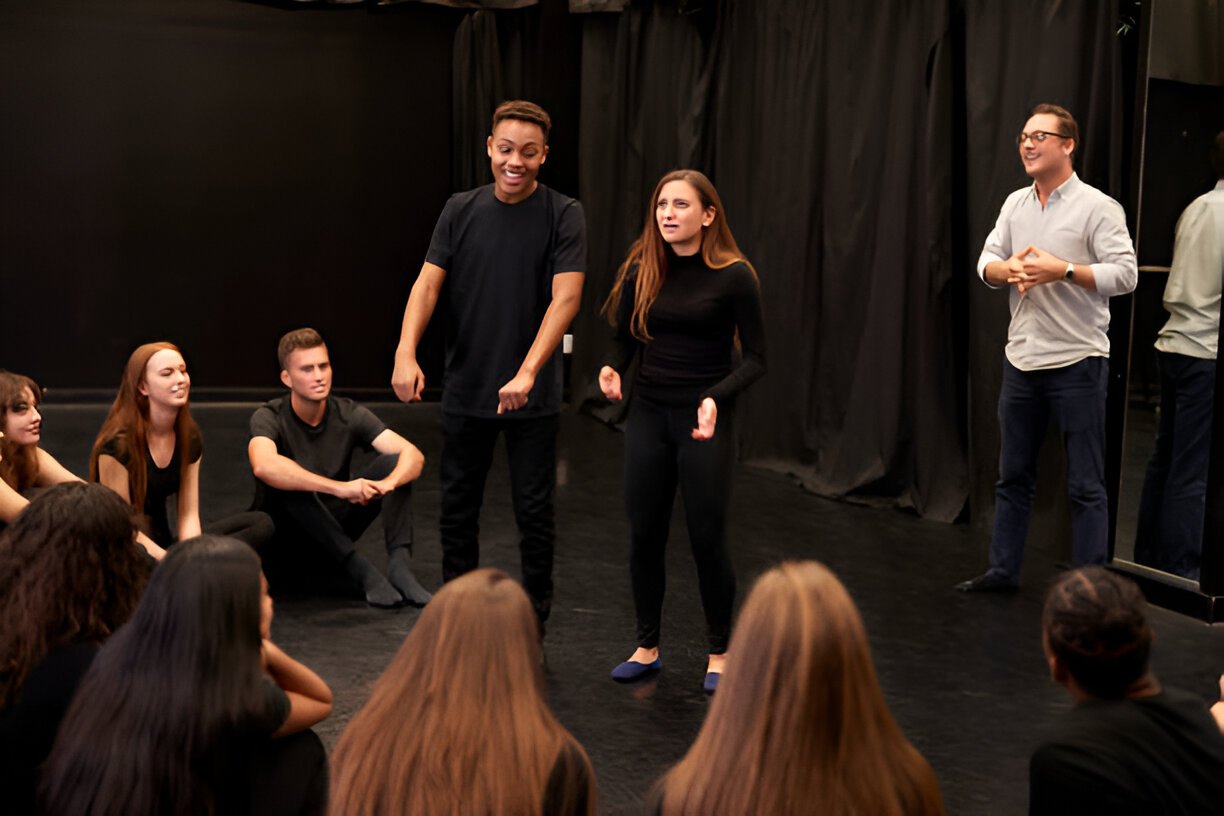When it comes to education, every child deserves a learning environment that nurtures their natural curiosity, creativity, and independence. At Montessori schools, this philosophy is at the heart of the curriculum, and at Montessori School in Santa Clarita, the unique approach is tailored to meet the individual needs of each student. If you are considering a Montessori education for your child, here’s a glimpse of what a day in the life of a Montessori student at Montessori on Copperhill looks like, and what you can expect from this innovative and child-centered approach to learning.
1. Morning Arrival: A Welcoming Start
The day begins with a calm and welcoming atmosphere at Montessori on Copperhill, where children are encouraged to arrive at their own pace. Unlike traditional schools, where children are often rushed to begin their day, Montessori classrooms are designed to promote independence and self-regulation. As students arrive, they are greeted warmly by their teachers and have the freedom to explore various learning stations that spark their interest.
The day typically begins with a morning meeting, where students gather to discuss their plans for the day, share their thoughts, and get to know each other better. This time helps foster a sense of community and sets the tone for the rest of the day. The teacher guides the group but encourages students to take ownership of their learning, ensuring that they feel valued and heard.
2. Individualized Learning Activities
One of the most significant aspects of a Montessori education is the individualized approach to learning. Unlike traditional classrooms, where the teacher follows a rigid schedule, Montessori students at Montessori School in Santa Clarita have the freedom to choose their own work based on their interests and developmental needs. This self-directed learning allows children to explore subjects at their own pace, whether it’s math, science, language, or the arts.
Throughout the day, students engage in hands-on activities that are carefully designed to foster creativity and problem-solving skills. These activities range from building intricate structures with blocks to learning basic math concepts through tangible materials like beads and counters. The teacher provides guidance and support when needed but allows students to take the lead in their learning journey.
3. Practical Life Skills
Another unique feature of Montessori education is the emphasis on practical life skills. At Montessori on Copperhill, students are taught essential life skills such as pouring, cleaning, and organizing, which are seamlessly integrated into their daily routines. These activities help children develop coordination, concentration, and a sense of responsibility, all while building their confidence and self-esteem.
In the Montessori classroom, these practical life activities are not just chores but opportunities for growth. By participating in daily tasks, students learn to care for themselves, their environment, and each other. Whether it’s setting the table for lunch or sweeping the floor, these small acts contribute to a larger sense of independence and community.
4. Outdoor Exploration
At Montessori School in Santa Clarita, outdoor play and exploration are considered essential components of a child’s development. After engaging in classroom activities, students often have the opportunity to go outside and connect with nature. Whether it’s gardening, exploring the playground, or simply enjoying a nature walk, outdoor time is a chance for students to stretch their legs, refresh their minds, and apply what they’ve learned in a real-world context.
Nature-based learning not only provides physical exercise but also encourages children to appreciate the natural world around them. By interacting with the environment, students develop an understanding of science, biology, and ecology in a hands-on and experiential way.
5. Group Activities and Collaboration
While Montessori education emphasizes individual learning, it also encourages collaboration and teamwork. Students at Montessori on Copperhill frequently engage in group activities that require cooperation, problem-solving, and communication. Whether it’s working on a group project, participating in a class discussion, or sharing their thoughts during circle time, students are encouraged to learn from one another and support each other’s growth.
These collaborative activities help develop social skills and empathy, as children learn how to work together, respect each other’s ideas, and navigate challenges. The teacher plays a vital role in facilitating these interactions, ensuring that every child feels included and valued within the community.
6. Lunch and Break Time
At Montessori School in Santa Clarita, lunchtime is a peaceful and social experience. Students enjoy a nutritious meal together, often in small groups, where they practice manners, share food, and engage in meaningful conversations. This time is not just about eating; it’s an opportunity for children to develop social skills, practice etiquette, and enjoy a sense of belonging within their school community.
After lunch, students typically have a short break where they can relax, socialize, or engage in quiet activities. Whether it’s reading a book, drawing, or simply resting, this downtime helps students recharge and prepares them for the afternoon lessons.
7. Afternoon Lessons and Reflection
In the afternoon, students return to their individualized learning activities, revisiting projects or continuing their exploration of various subjects. The Montessori teacher provides guidance, ensuring that each child’s learning needs are met. Throughout the day, students have opportunities to reflect on what they’ve learned, whether it’s through journaling, group discussions, or one-on-one interactions with the teacher.
This reflective practice encourages children to think critically about their learning and make connections between different concepts. It also helps them develop a growth mindset, understanding that learning is a continuous process of exploration and discovery.
8. End of the Day: Wrapping Up and Preparing for Tomorrow
As the school day comes to an end, students gather once more for a closing meeting, where they reflect on their accomplishments and set goals for the next day. This time provides an opportunity for children to share what they’ve learned, express gratitude, and build a sense of closure.
At Montessori on Copperhill, the end of the day is as important as the beginning. The teacher ensures that each child leaves feeling positive, confident, and excited about the next day’s learning adventure. The goal is to send students home with a sense of fulfillment and a love for learning that will stay with them long after the school day is over.
In conclusion, a day in the life of a Montessori student at Montessori School in Santa Clarita is an enriching, dynamic experience that fosters independence, creativity, and a love for learning. By choosing Montessori on Copperhill, you are giving your child the opportunity to thrive in a nurturing environment that encourages exploration, personal growth, and lifelong curiosity. Whether it’s through hands-on activities, practical life skills, or collaborative learning, your child will leave school each day with a sense of accomplishment and a deeper connection to the world around them.














Leave a Reply